By 2040, electric vehicles are predicted to make up 35% of the global car market, according to a report published earlier this year by Bloomberg New Energy Finance. In numerical terms this would be about 41 million cars, or about 90 times greater than the number sold in 2015.
It has also been estimated that once electric vehicles (EVs) make up a third of the cars on the road, they will require some 2,700TW of electricity capacity to run, or 11% of global demand in 2015. Almost all of that generating capacity – equivalent to 13 million barrels of crude oil – will come from batteries (and hydrogen fuel cells if that technology stays the course).
We’re moving extremely quickly for a project of this size. Our aim is to complete a programme that would normally take four years and do it in half the time, while still doing it right– Dag Reckhorn, Faraday Future
The new American car industry is positioning itself to compete for that market in a similar way that Ford and General Motors did in the 1920s with their assembly plants around the Great Lakes. This time, however, the batteries that make up the EV’s most important and expensive component seem likely to have their centre in the US state of Nevada.
The factory that has gained the greatest notice is Tesla Motors’ Gigafactory 1, located at the Tahoe Reno Industrial Centre in eastern Nevada, which is set to become the world’s largest business park.
This $5bn project broke ground in June 2014, and will begin producing lithium ion batteries in 2017. By 2020, Tesla says its output will equal the entire world’s in 2013. The combination of improved technology and economies of scale will reduce the cost of batteries by 30%, according to Tesla, and this will all be done using renewable energy.
The 133-acre plant is presently about 15% complete. Work was delayed earlier this year when about 100 construction workers went on strike to protest against the hiring of out-of-state workers for lower pay by some subcontractors on the site.
Two other car companies are also building vast high-tech manufacturing plants in the state.
Faraday Future, the company that became famous for its reluctance to court publicity, broke ground last month on its Aecom-designed site on the Apex Industrial Park to the north of Las Vegas. This will be a $1bn, 900-acre assembly plant that will produce the company’s cars.
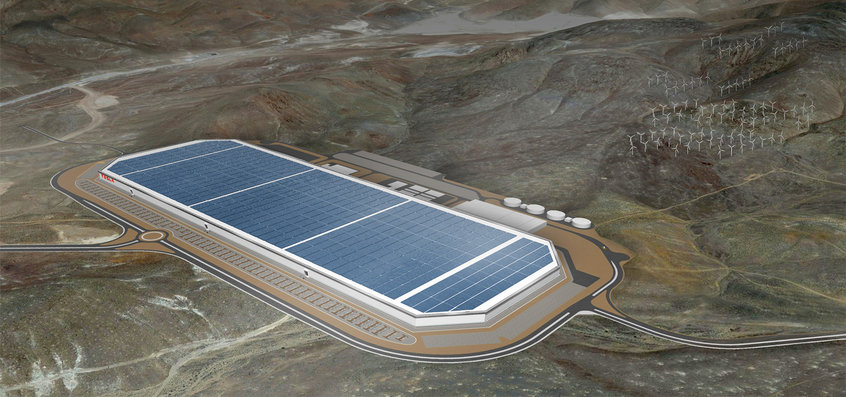
The design for Gigafactory 1 (Tesla Motors)
Dag Reckhorn, the vice president for global manufacturing, said: “We’re moving extremely quickly for a project of this size. Our aim is to complete a programme that would normally take four years and do it in half the time, while still doing it right.”
The idea is to produce a number of models at the factory, beginning with the FFZERO1 concept car. This design will provide the basis for the firm’s “variable platform architecture” – a modular approach that will allow the buyer to change the specification of the car by, for example, adding more battery packs and motors.
The company, which is backed by the Chinese billionaire Jia Yueting, says its factory, when finished, will be entirely unlike a conventional car-making plant. The glass panelled building will contain “ergonomically and economically adaptable workspaces in open, colour-coordinated environments”, which contain “robotic automation, advanced laser measurement systems, vision systems, autonomous material delivery, cutting edge aluminium joining technologies and advance coating technologies”.
Nikola makes three
The third company to announce plans to build in the area, if not the state, is the Nikola Motor Company. This start-up attracted attention earlier this month with its big rig concept truck. The $375,000 vehicle will be able, according to its maker, to travel 1,200 miles on a single charge (with the help of a “fuel agnostic” range extender), and develop 2,000bhp. Â
As with Faraday, Nikola is a somewhat mysterious company. Its founder is Trevor Milton, a former executive at dHybrid Systems, a maker of natural gas fuel systems. However, all he will say about its investors is that they are “a group of very wealthy private investors and companies working across multiple industries”. He promises to provide more information on them soon.
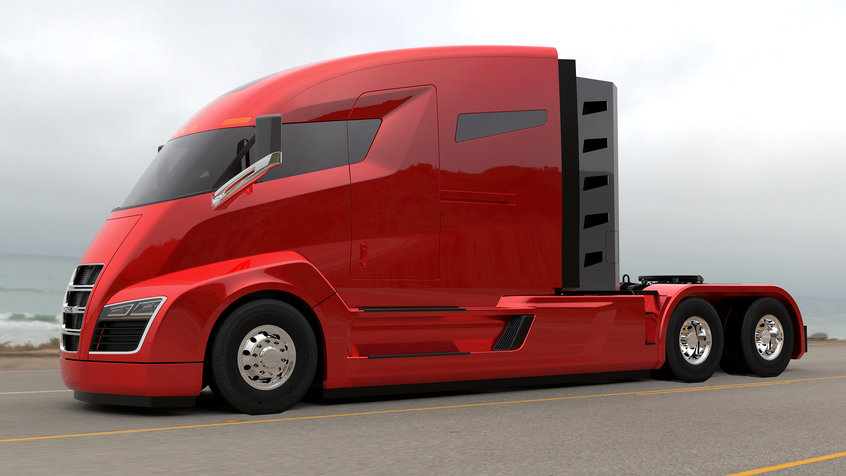
The Nikola 1: a 2,000bhp semi (Nikola Motor Company)
This semi, along with a 4 x 4 off-road vehicle, will be built in a high tech factory based in Utah, to the north of Nevada, where Milton says full production will be reached in 24-36 months.
And elsewhere…
Meanwhile, other concept EVs around the world will be making their way to market over the next few years, many of them produced by start-ups who estimate that they can finance themselves with the money paid by buyers who order their vehicles before the factory that will build it has itself been built.
One example is the vehicle shown by Croatian start-up Rimac Automobili at the Geneva Motor Show in March. Their Concept_One car has a top speed of 220 miles per hour and can go from 0 to 62 in 2.6 seconds (a Tesla Model S P90D equipped with ‘Ludicrous Mode’ can hit 60mph in 2.8 seconds). So far, only eight cars are planned, but the firm has plans to build factories and produce models that cost less than €850,000 ($940,000, the price of a Concept_One).
It is not just supercars and supertrucks that are competing for a slice that 2,700TW market Bloomberg talked about. For example, Madras-based start-up Ather Energy is hoping to produce India’s first electric scooter, which will have a top-speed of 72km/h and a remarkable battery that can be charged to 90% in less than an hour.
Although the vehicle will produce 7bhp, a little less than petrol scooters, it will come with a smart dashboard that will allow users to create personalised profiles and choose riding modes, and it will have onboard diagnostics.
Top image: A visualisation of Faraday Futures’ 900-acre site for Las Vegas suburbs (Faraday Futures)
Comments
Comments are closed.






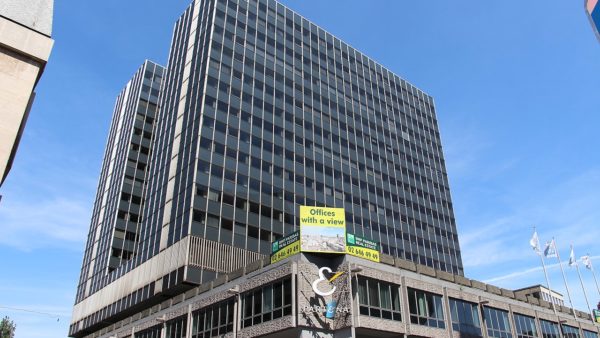
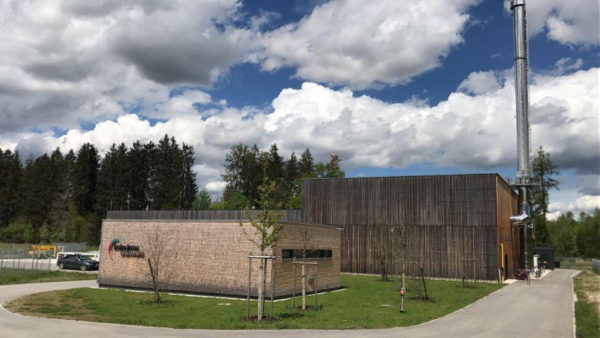


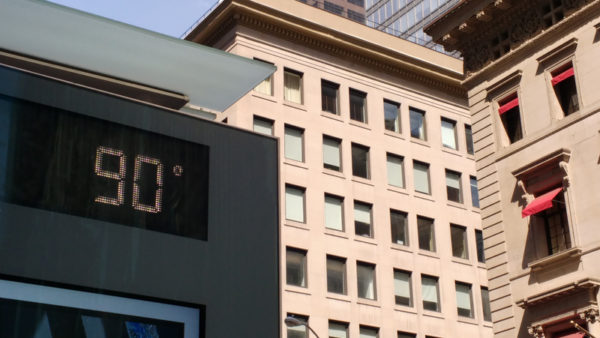
Great news! However the world renewable energy industry has now to catch up to the growth potential offered by the lithium ion batteries and the global challenge of competing with the world’s long established fossil fuel based bulk energy supply industries! However it is good to see that many industrial nations are seeing the huge potential benefits and are out to compete for at least a part of the world market!